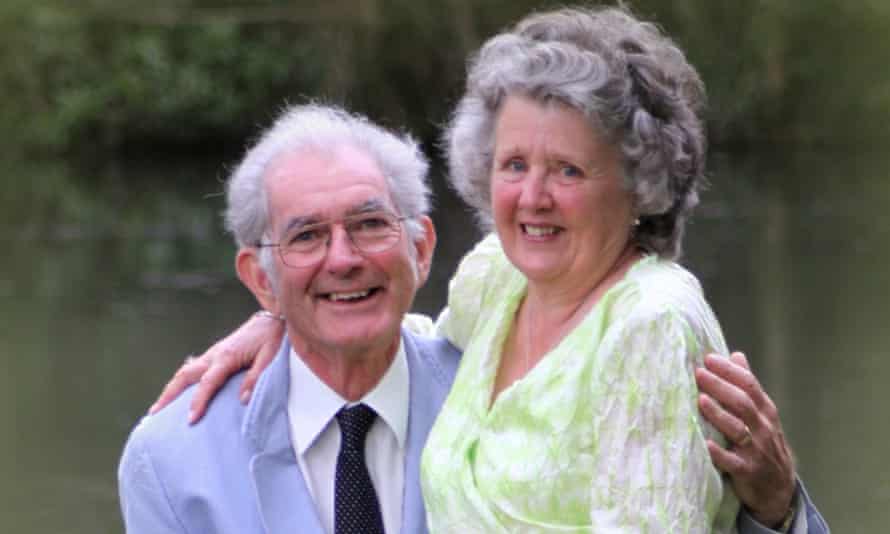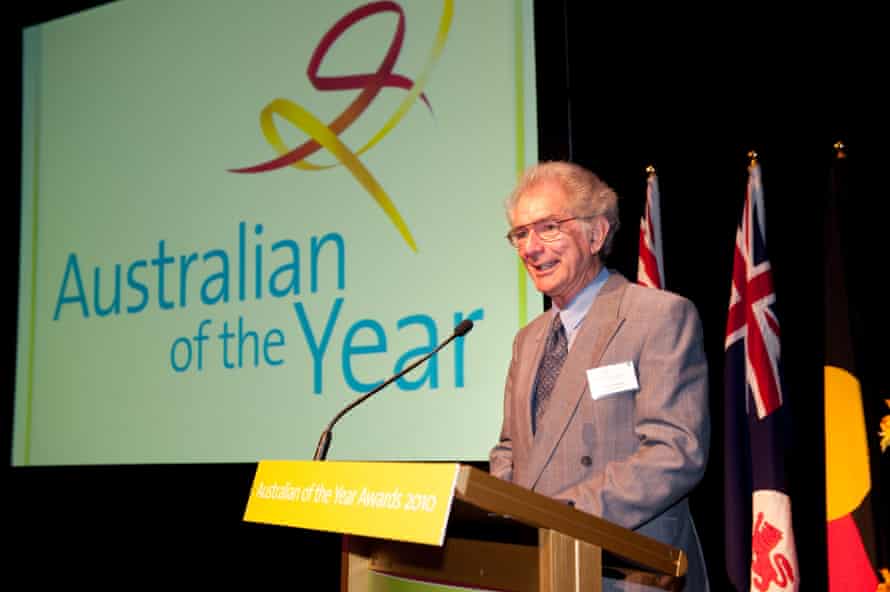Name: Bruce Englefield
Age: 77
TV technical director turned animal behaviour expert, wildlife park owner
I ran TV studios in London on a day-to-day basis, which meant I was responsible for everything – from lighting, cameras and sound to health and safety. I was the whipping boy, basically!
When I left school, in those days you were basically headhunted and the world was your oyster. I became a sound engineer in BBC radio and later television and worked my way up, until I was recruited by Thames Television as a sound director. I was Benny Hill’s sound director for 10 years, and then his technical director for another 10 years. I had a really good time, although if I’m honest I didn’t really enjoy being a technical director because you weren’t actually creating anything.
It’s a totally socially destructive job working in television. The hours are horrendous. You work weekends, early mornings, late nights, Christmas and public holidays. Family life was very much disrupted. But we were paid highly for doing it, and were very unionised. So while I was working horrendous hours – 14-hour or 16-hour days – they always tried to keep us to a 40-hour week. Which meant that quite often we would only work on three days a week. That’s when I fostered my love of self-sufficiency, the natural world, animals and running a small holding. I started training sheepdogs and competing at sheepdog trials as well as having cows, pigs, sheep and chickens to look after.
I was made redundant in 1994. Fortunately, I’d seen that it wasn’t going to go on for ever, and by then I bought my farm down in Devon. I went back to uni to do a masters degree in animal behaviour and started up my animal behaviour practice. I got my degree on the 14 September 1998. I would have been 55. It just felt as if it was something that I could do, so should do.

My wife and I came to Tassie on holiday in October 2000. We went into the East Coast Birdlife and Animal Wildlife Park north of Bicheno because I wanted to see a Tasmanian devil and study them. We were sitting in the cafe at the wildlife park, looking out to the lagoon, and the sands and the sea and the conversation went “Oh, I could spend the rest of my life here.” And I went, “Well, I see it’s up for sale.” My wife looked at me and she knew.
We went back to England, put our farm up for sale. My wife had just retired from the UK health service. We got back on 1 November. We sold the farm before Christmas. By the end of February 2001 we were ready to move.

It was a daunting task. When we arrived, we realised the wildlife park was very, very much more run-down than we had appreciated. Too many Tasmanian wildlife parks were not looking very good at all. So immediately we had to leap into to try to get the park sorted out. Running a wildlife park was a complete change of occupation. I had never taken money from anyone. Just the simple act of taking money and running a till was quite a challenge.
My wife and I were 58 when we took over. We were well past our sell-by date, but we were working 16 hours a day, seven days a week.
We were able to build the park up, and get involved with improving the lot of animals in wildlife parks more broadly. I got involved with trying to rewrite the codes on keeping animals and tried to get the other wildlife park owners on board. We managed to get six out of the eight to join and we did move things forward; we got welfare protocols for wombats and for Tasmanian devils. In conjunction with the state authorities the members of the (now defunct) Wildlife Institute, we developed a protocol that said if anyone wants to take over a wildlife park in Tasmania, you have to have qualifications to do so, because nobody ever checked whether I had qualifications.

I also set up the Devil Island Project to establish large enclosures, devil islands, around Tasmania. The idea was to breed devils in optimum welfare conditions and free of the devil facial tumour disease, which was decimating the majority of the wild population.
In 2007, I went on television saying I was going to run the London marathon to raise funds for the project. I’m not a runner. I was 64. Eventually, I got nine others, including my wife, to join me. We all successfully completed the marathon and raised the funding required. The project wound up in 2017, having successfully built seven devil islands and produced dozens of devils suitable for release into the wild.
Last year I completed my PhD at the University of Sydney on road kill. It’s a really serious problem in Australia. I wanted to see if I could come up with a protocol, or at least a thesis, that explains not only what we need to do with relation to road kill, but how it can be done.
Now I’m working on reviewing virtual fence systems and have launched a citizen science app for road users, Roadkill Reporter, to record and prevent road kill across the country.
I always say life isn’t a rehearsal. Life is transmission. And if you don’t do it now, you’ll never do it.
from Lifestyle | The Guardian https://ift.tt/3thWpQF
via IFTTT

comment 0 Comment
more_vert